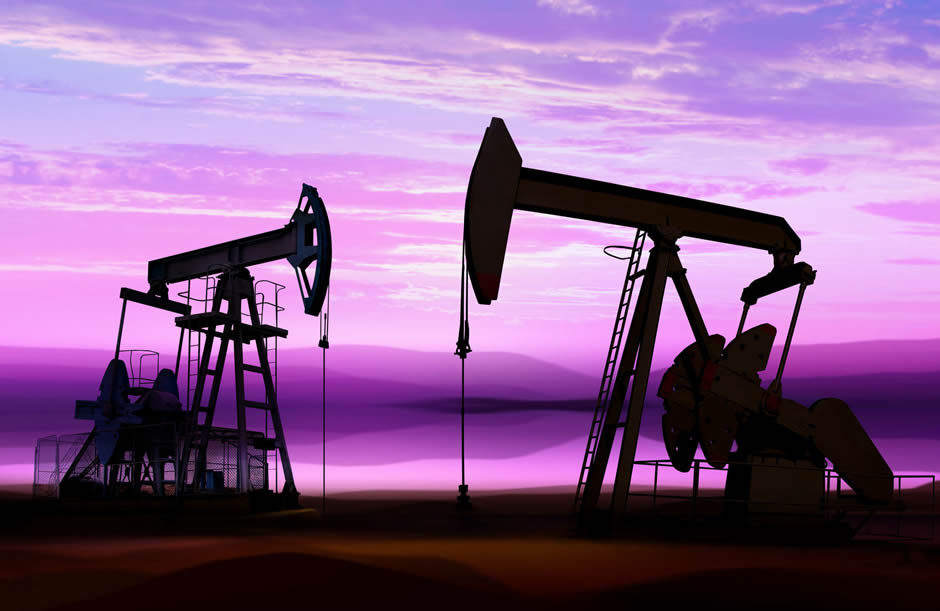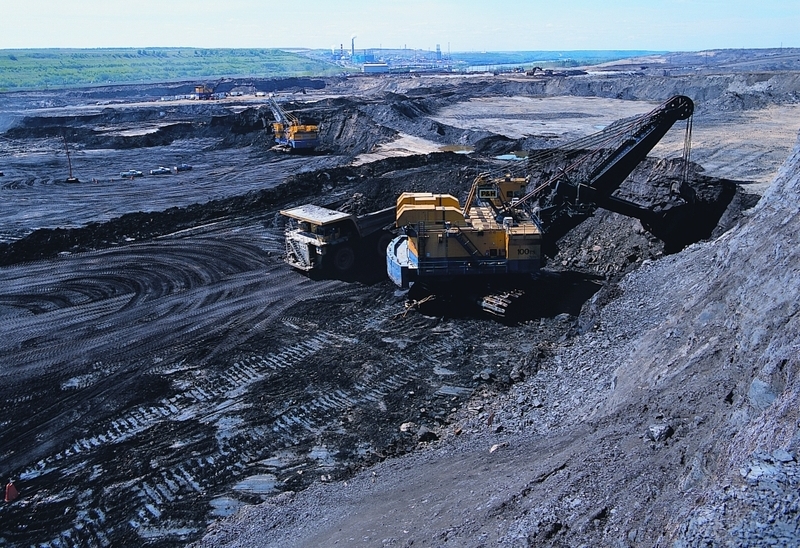Tuesday, April 20th, 2021 and is filed under Oil and Gas Current Events, Permian Basin Oil News
 Before the widespread use of hydraulic fracturing as a means of domestic oil production, it’s easy to understand the dilemma the United States was in. The country had and still has one of the highest demands for oil of any country worldwide: in 2017, for example, we consumed almost 7.5 billion barrels of petroleum, refined for gasoline and other uses. The result was that the country had to rely on buying oil from countries that didn’t exactly share our worldviews, to say the least.
Before the widespread use of hydraulic fracturing as a means of domestic oil production, it’s easy to understand the dilemma the United States was in. The country had and still has one of the highest demands for oil of any country worldwide: in 2017, for example, we consumed almost 7.5 billion barrels of petroleum, refined for gasoline and other uses. The result was that the country had to rely on buying oil from countries that didn’t exactly share our worldviews, to say the least.
Multistage hydraulic fracturing was modernized (it’s actually an older technology than you might think) as a response to this inability to find a way to meet demand domestically. So far, fracking has been tremendously successful to that end, churning out 4.3 million barrels a day, according to the U.S. Energy Information Administration (EIA).
Here’s where it gets confusing: Fracking is used to harvest shale oil from subsurface rock units beneath the earth’s surface, but it can’t harvest something called oil shale. What if we told you that there was enough oil sitting under a region of the United States to power the country for at least 100 years at current rates of consumption? With a new technology called microwave fracking, the new frontier of US energy independence may be closer than most people think.
Microwave fracking is an oil production technology developed by QMast LLC and announced in 2017 as a new way to harvest petroleum units from oil shale. Scientists and oil companies alike believe that microwave fracking could be “the next big thing” since hydraulic fracturing became widely used, which presents some exciting possibilities for the national energy markets.
How does microwave fracking extract this hard-to-reach oil? First, let’s discuss what makes oil shale so different from shale oil, despite the confusion caused by their similar names. While shale oil is able to be extracted from fracturing shale layers to release petroleum units from pores in the rock, oil shale is not actually oil, but rock that contains oil. Oil shale is typically shallower in the earth, and before microwave fracking, the only way to get to it has been by crushing and heating the rock and separating the oil in this way.
Traditionally, oil shale has been harvested using a controversial and environmentally unfriendly method called “strip” mining or section mining. In this method, oil shale is dug out of the earth, heated separately, and oil is extracted afterward.
QMast’s microwave fracking works in a much less invasive, more technologically advanced way: A special drill is inserted into the ground rock where oil shale lies. The drill releases microwave frequencies, roughly the equivalent of 500 household microwave ovens into the earth. This agitates the area around the drill, super-heating the rock and turning the water and oil liquids into steam and gases, which move upward through the “well” to the surface. Once the rock immediately adjacent to a drill is fully extracted, microwaves can penetrate further away from the drill to harvest a larger area with only one well.
There are two key advantages of microwave fracking over strip mining:

The largest oil shale formation in the world is believed to be the Green River formation, right here in the United States, beneath parts of Colorado, Utah, and Wyoming. The United States Geological Survey (USGS) estimates that there are approximately 3 trillion barrels of oil in the Green River formation. Yes, that’s “trillions” with a “t”. To put that in perspective, the oil reserves in Saudi Arabia are estimated to be around 268 billion barrels. If microwave technology proves to be a viable means of extraction, the Green River formation alone could supply the oil needs of the United States for well over 100 years at current consumption rates—a game-changer for the oil industry.
Fracking requires roughly between 2 and 8 million gallons of water for a single well while microwave fracking uses little water. However, the use of almost no water comes at a tradeoff.
Microwave fracking requires a great deal of electricity. Therefore the debate of whether or not microwave fracking is more environmentally friendly is somewhat similar to the debate on electric cars. Wired.com hosted an article in 2016 with the title, “Tesla’s Electric Cars Aren’t as Green as You Might Think.”
Electricity has to come from somewhere. According to the EIA, just over 50% of the electricity in Colorado was generated by coal fired plants in 2017. Part of the largest oil shale formation in the world lies beneath Colorado. In other words, there are many variables to be considered when determining whether or not one process is more “environmentally friendly” than another.
Microwaves will take a lot of electricity to operate. Can that much electricity be generated in such a way that the microwave process is profitable? What is the break-even price per barrel using this process? Many questions remain to be answered, but it’s believed by some to be near 20% more expensive than traditional methods.
The answers will come, sooner than later, with the deployment of this new oilfield technology happening any day now with the hopes of achieving producing oil wells shortly. Peter Kearl, co-founder and CTO of Qmast, has been working on this technology for over 20 years and hopes it will start an energy revolution that will surpass even that of the fracking revolution. While the use of fracking may lead the U.S. to energy independence, microwave fracking technology may well lead the U.S. to the next level in world oil and gas production and further down the road to energy dominance.
Revised April 20, 2021
Related >> When was fracking first used?
© Copyright 2024 Aresco, LP. All rights reserved. | Privacy Policy | Site by A3K Marketing. Admin Log in